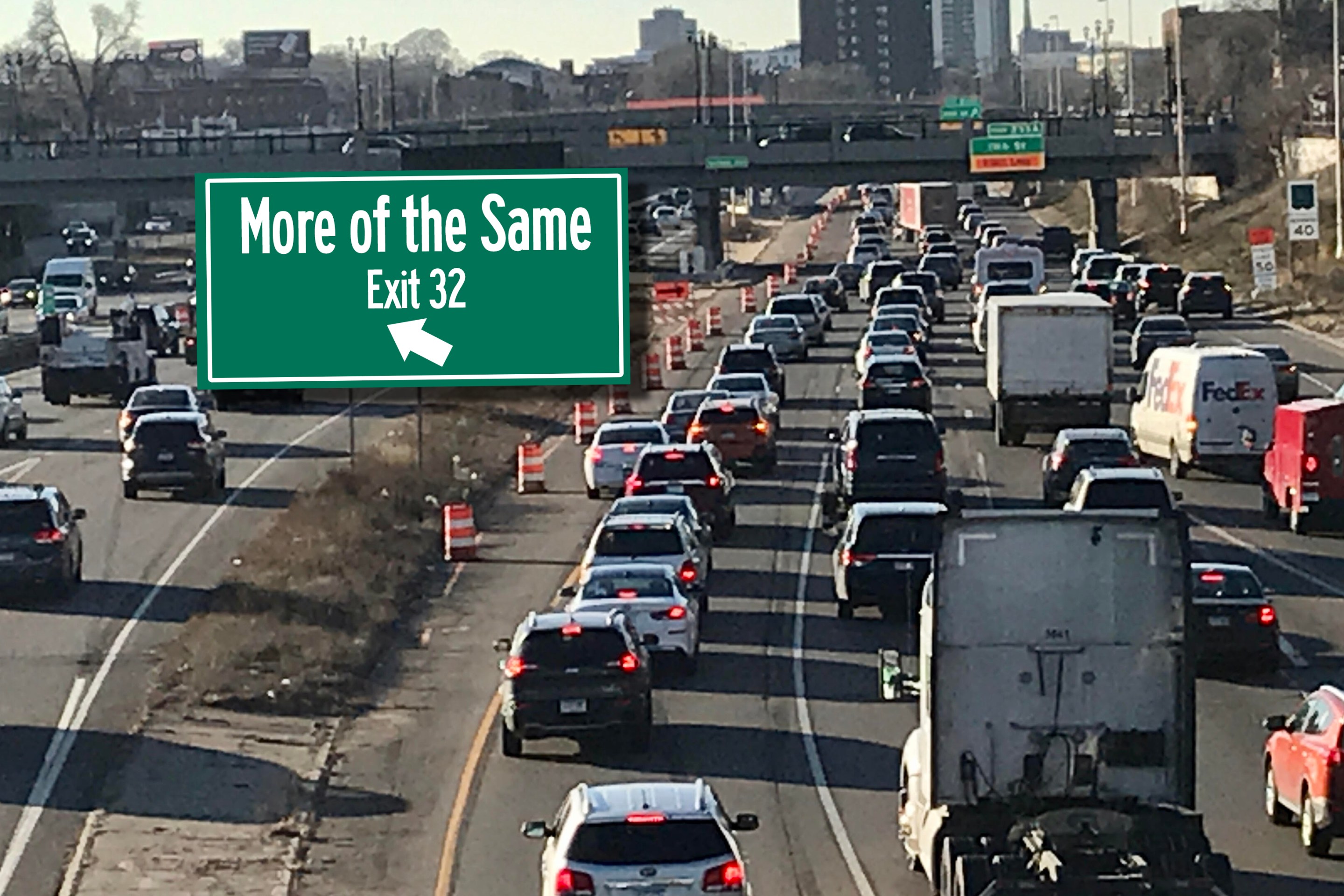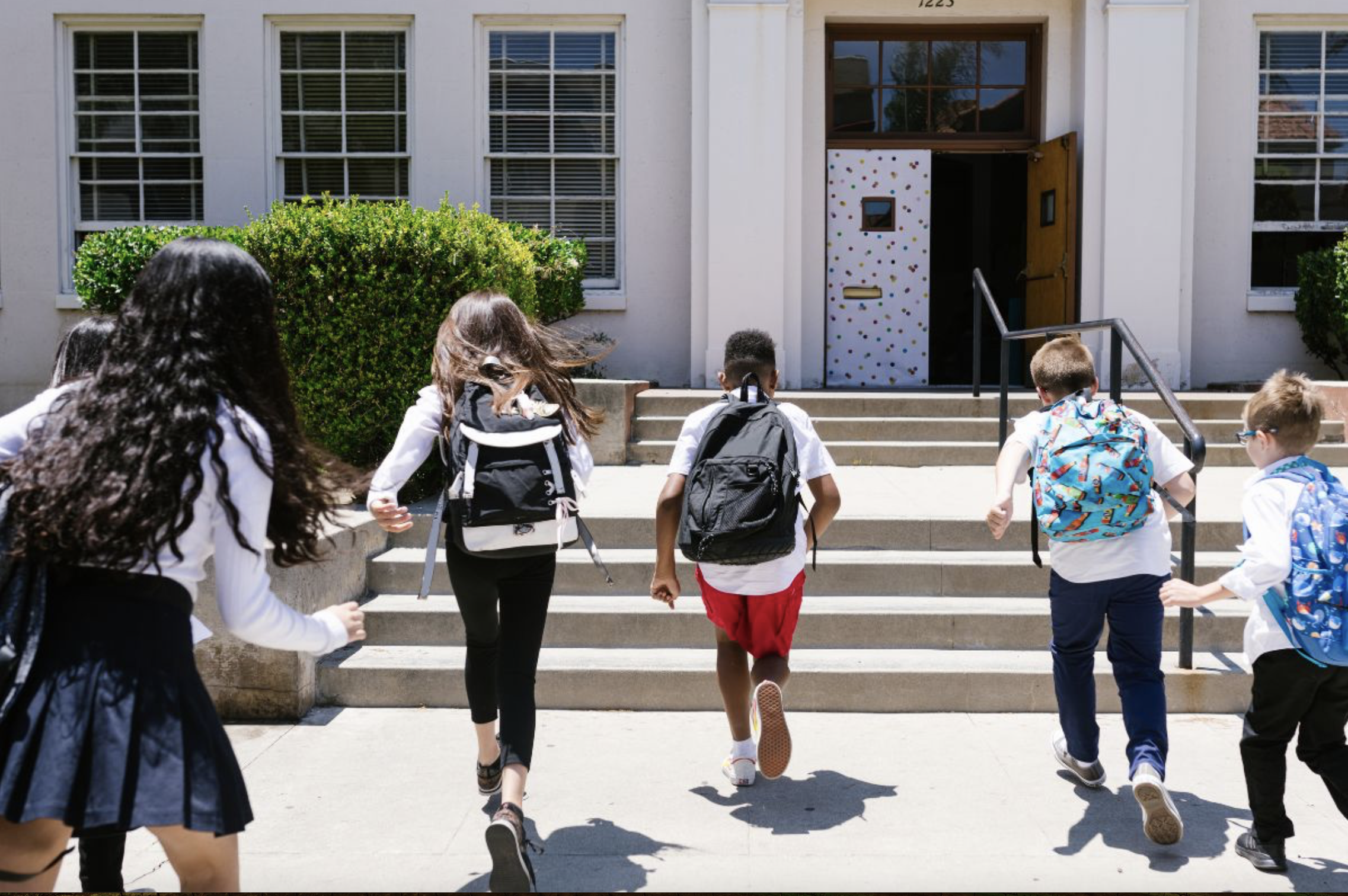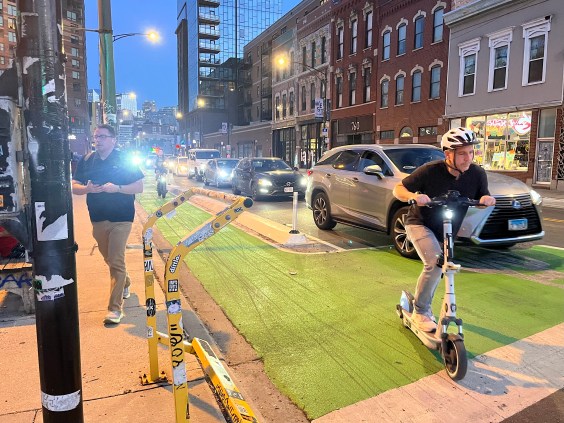The House transportation committee convened this morning to hash out the ongoing battle over federal policy-making, but Rep. Rick Larsen (D-WA) had a more local concern.
 How did Washington ferries manage to snag only 1 percent of stimulus aid? (Photo: city-data.com)
How did Washington ferries manage to snag only 1 percent of stimulus aid? (Photo: city-data.com)Calling himself "an angry Norwegian," Larsen asked U.S. DOT undersecretary Roy Kienitz to explain how Washington state, which runs the nation's largest ferry system, ended up with just $750,000 of the $60 million in boat transport funds included in the economic stimulus.
"We made an error," Kienitz said. The stimulus bill's specific "categorization of economically depressed areas," he added, was behind the culprit behind the bizarre shortchanging of Washington ferries.
Congress added language to the stimulus giving depressed areas a leg up in the race for stimulus money, but defining hardship is proving to be harder than it sounds for state transportation officials -- a fact that some lawmakers pointed out last week.
Kienitz explained that the ferry cash was allocated using Commerce Department data dating back about a year, when "the economic situation in parts of the country was very, very different than what it is now."
The uproar has quieted today in Washington state, thanks to Sen. Patty Murray (WA). Using her clout as the No. 4 Democratic leader -- and the senator in charge of the DOT's budget -- Murray joined forces with a "visibly upset" Gov. Chris Gregoire (D-WA) to wrangle their state $7.6 million from the stimulus ferry fund.
But the uncertainty over how to select stimulus beneficiaries is likely to become more troublesome for the Obama administration as the summer goes on, particularly since Transportation Secretary Ray LaHood is pressing governors to ensure their transportation money is heading to their most struggling regions.





